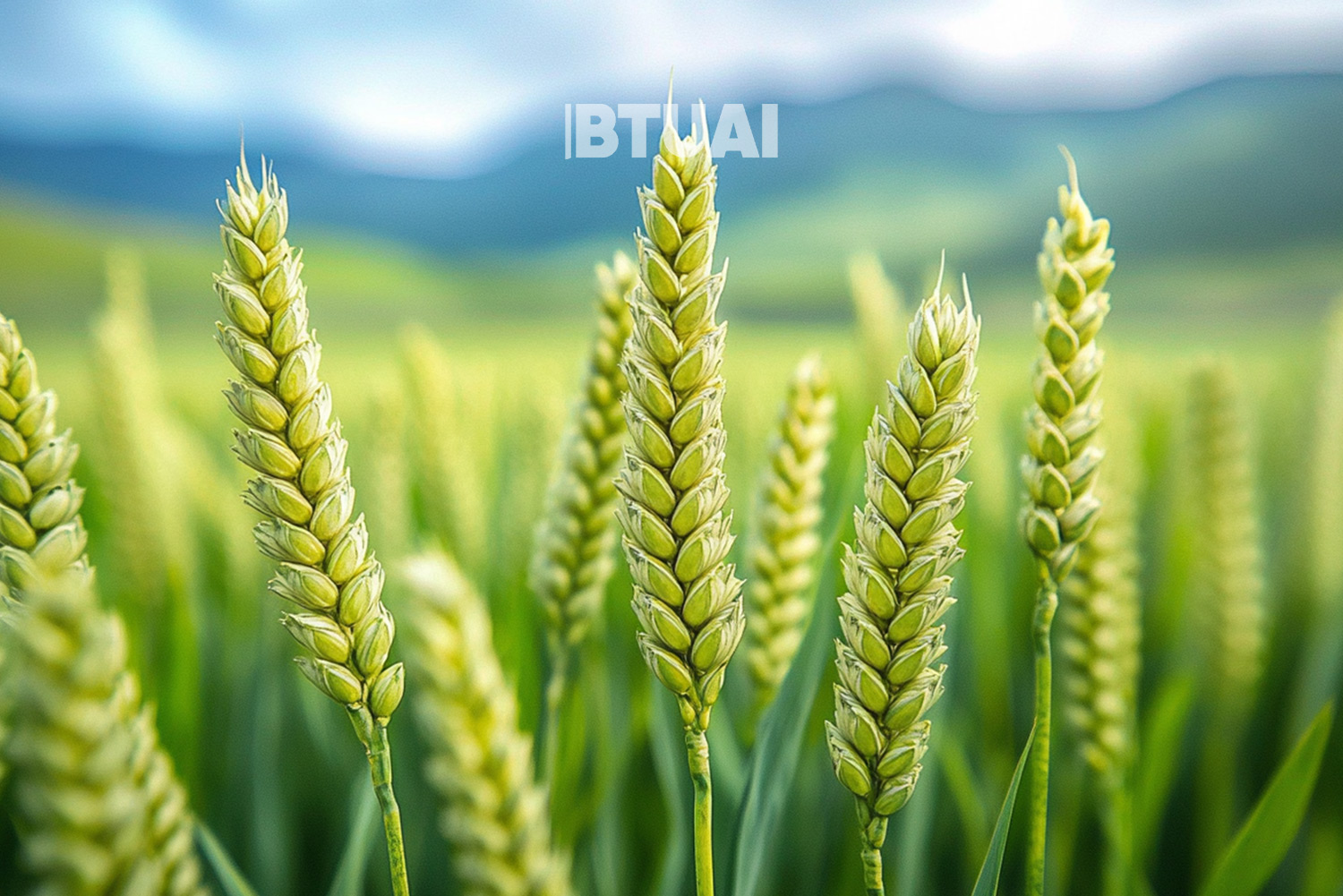Georgia’s Annual Crops: Why Cereals Still Dominate the Fields
In Georgia, the world of annual crops is still largely ruled by cereals. In 2024, nearly two-thirds of all

In Georgia, the world of annual crops is still largely ruled by cereals. In 2024, nearly two-thirds of all annual crop areas are occupied by cereal crops. This trend is shaped not only by tradition but also by the country’s agronomic conditions and market demands.
Corn is the undisputed leader, covering 71.2 thousand hectares, which makes up 36.4% of all annual crop areas. Corn’s popularity is no coincidence — it adapts well to Georgia’s diverse climates and serves multiple purposes, from food production to animal feed and industrial use.
Wheat follows with 54.0 thousand hectares, or 27.6% of the total area. However, despite this considerable area, Georgia still heavily relies on wheat imports to meet domestic demand. Local production falls short of achieving self-sufficiency, raising concerns over the country’s food security.
Barley ranks third, grown on 24.1 thousand hectares (12.3%). Demand for barley primarily comes from the livestock sector, although it also holds some place in the food market.
Beyond cereals, the crop landscape becomes more diverse, albeit on a smaller scale. Potatoes are cultivated on 14.1 thousand hectares (7.2%), remaining one of the country’s favorite staples. However, during certain seasons, imports are still necessary, especially due to shortages of quality seed material.
Vegetables are grown on 10.2 thousand hectares (5.2%). While local production largely satisfies domestic demand, during winter months imported vegetables often appear in markets.
Annual and perennial grasses cover 11.2 thousand hectares, serving mainly livestock farming needs rather than the consumer market.
Other crops — such as legumes and various specialized plants — account for 10.9 thousand hectares (5.6%). Although small in share, some crops like beans or chickpeas are crucial for resilient farming systems, especially in more challenging regions.
This raises the key question: why do cereals continue to dominate? The answer is complex: favorable climatic conditions, relatively low production costs, and traditional farming practices make cereals the most practical choice for many Georgian farmers. Additionally, for farmers with limited access to capital or modern technology, cereals represent a lower-risk economic strategy.
Georgia’s agricultural structure is slowly evolving — the role of vegetables, niche crops, and export-oriented production is growing. Yet for now, on the map of annual crops, corn, wheat, and barley remain the undisputed protagonists.




